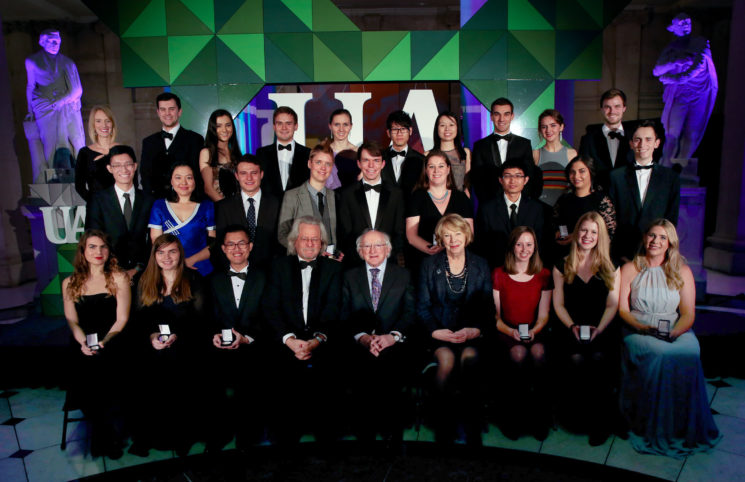2016 Undergraduate Awards
Document Type
Article
Publication Date
2016
Abstract
Taxi industries across the world have been affected by a new trend in transportation; ridesharing services. It is suggested that this effect has been demonstrated through falling taxi medallion prices. This recent decline in taxi medallion prices has been coined the term “The Uber Effect”. This paper analyzes the effect that Uber has had on the taxi industry’s medallion prices since UberX has entered three different markets: New York City, Chicago and Philadelphia. The price of a taxi medallion is modeled against a variable of interest: number of Uber drivers in a city, and control variables: unemployment rate, long term interest rate and labor force population. Through individual city and panel regression analysis, The Uber Effect is tested and quantified.
The key finding from this paper is that the number of Uber drivers in the market is negatively correlated with the price of a taxi medallion, as expected. It is statistically and economically significant; each additional Uber driver reduces the price of a taxi medallion by $22 to $45. Furthermore, the unemployment rate and labor force population variables are statistically significant in all cities used in this study.





Notes
Image: "Uber e táxis em São Paulo" by Fernando Oda. Licensed under CC BY 2.0.